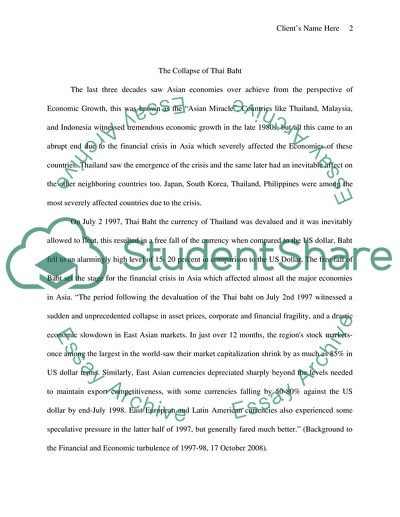Cite this document
(“Financial Crisis in Asia Term Paper Example | Topics and Well Written Essays - 2250 words”, n.d.)
Retrieved from https://studentshare.org/macro-microeconomics/1559096-financial-crisis-in-asia
Retrieved from https://studentshare.org/macro-microeconomics/1559096-financial-crisis-in-asia
(Financial Crisis in Asia Term Paper Example | Topics and Well Written Essays - 2250 Words)
https://studentshare.org/macro-microeconomics/1559096-financial-crisis-in-asia.
https://studentshare.org/macro-microeconomics/1559096-financial-crisis-in-asia.
“Financial Crisis in Asia Term Paper Example | Topics and Well Written Essays - 2250 Words”, n.d. https://studentshare.org/macro-microeconomics/1559096-financial-crisis-in-asia.


